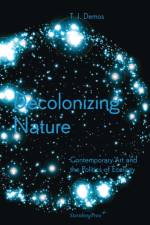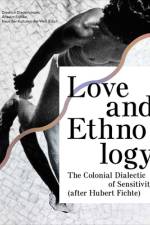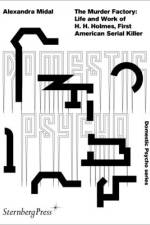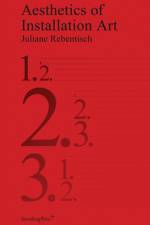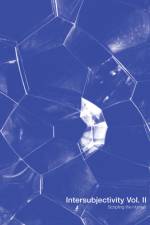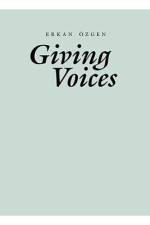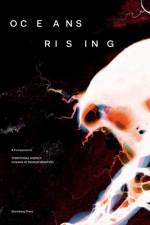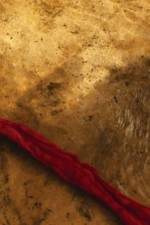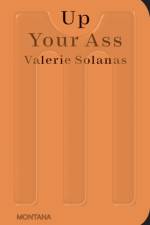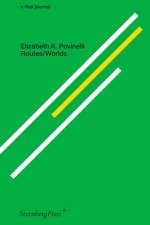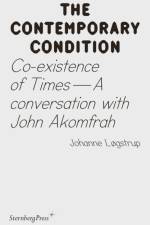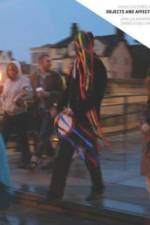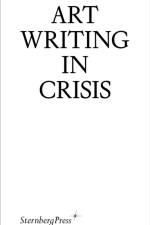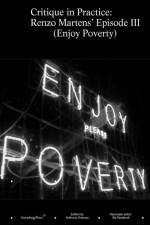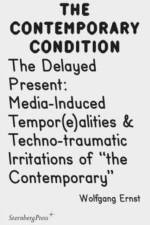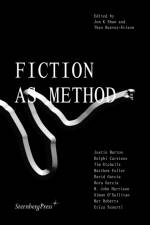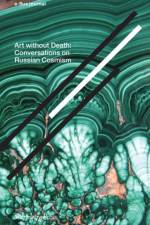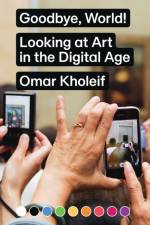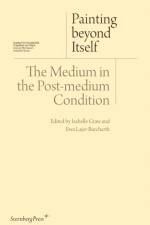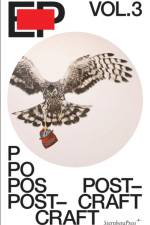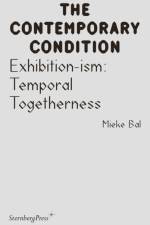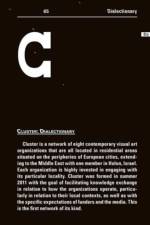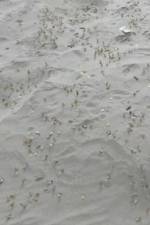397
Essays on the provocative 2008 film by Renzo Martens, Episode III (Enjoy Poverty).Investigating the economic value of one of the Democratic Republic of the Congo''s most lucrative exports (namely, poverty), Renzo Martens'' provocative film Episode III: Enjoy Poverty (2008) remains a landmark intervention into debates about contemporary art''s relationship to exploitative economies. Throughout Critique in Practice, contributors explore the work''s legacy and how it relates to the politics of representation, uses of the documentary form, art criticism, the deployment of humanitarian aid, the impact of extractive forms of globalized capital, and the neoliberal politics of decolonization. The unconventional representation of acute immiseration throughout Enjoy Poverty generated far-from-resolved disputes about how deprivation is portrayed within Western mainstream media and throughout global cultural institutions. Using a range of approaches, this volume reconsiders that portrayal and how the film''s reception led Martens to found a long-term program, Human Activities.ContributorsAriella Aïsha Azoulay, Eva Barois De Caevel, Pieter Van Bogaert, Jelle Bouwhuis, JJ Charlesworth, T.J. Demos, Angela Dimitrakaki, Anthony Downey, Charles Esche, Dan Fox, Matthias De Groof, Xander Karskens, J. A. Koster, Kyveli Lignou-Tsamantani, Suhail Malik, Renzo Martens, Nina Möntmann, René Ngongo, Paul O''Kane, Laurens Otto, Nikolaus Perneczky, Kolja Reichert, Els Roelandt, Ruben De Roo, ka˛rî''ka˛chä seid''ou, Gregory Sholette, Sanne Sinnige, Ana Teixeira Pinto, Emilia Terracciano, Nato Thompson, Niels Van Tomme, Frank Vande Veire, Eyal Weizman, Vivian Ziherl, and Artur Z˙mijewski.

